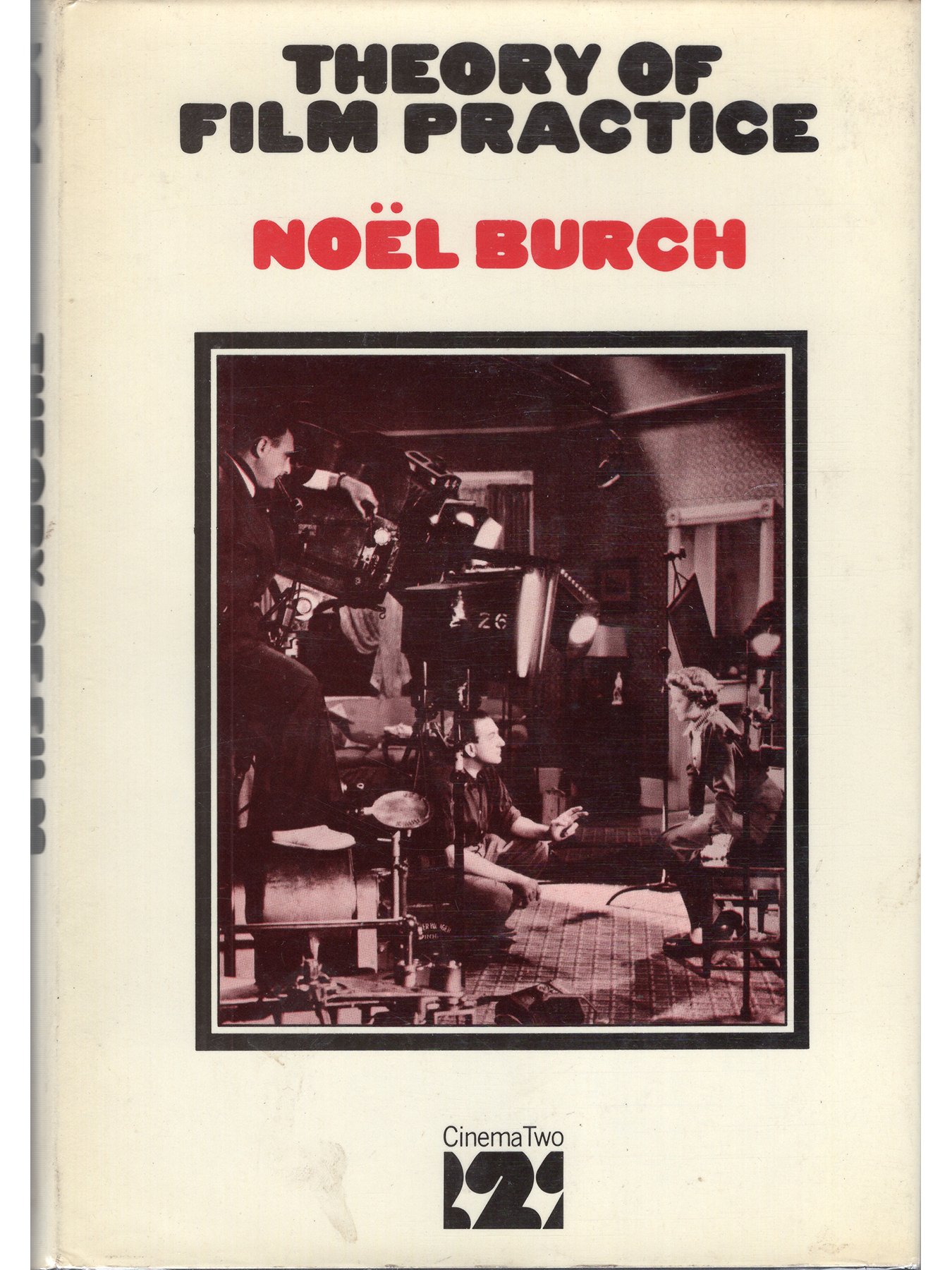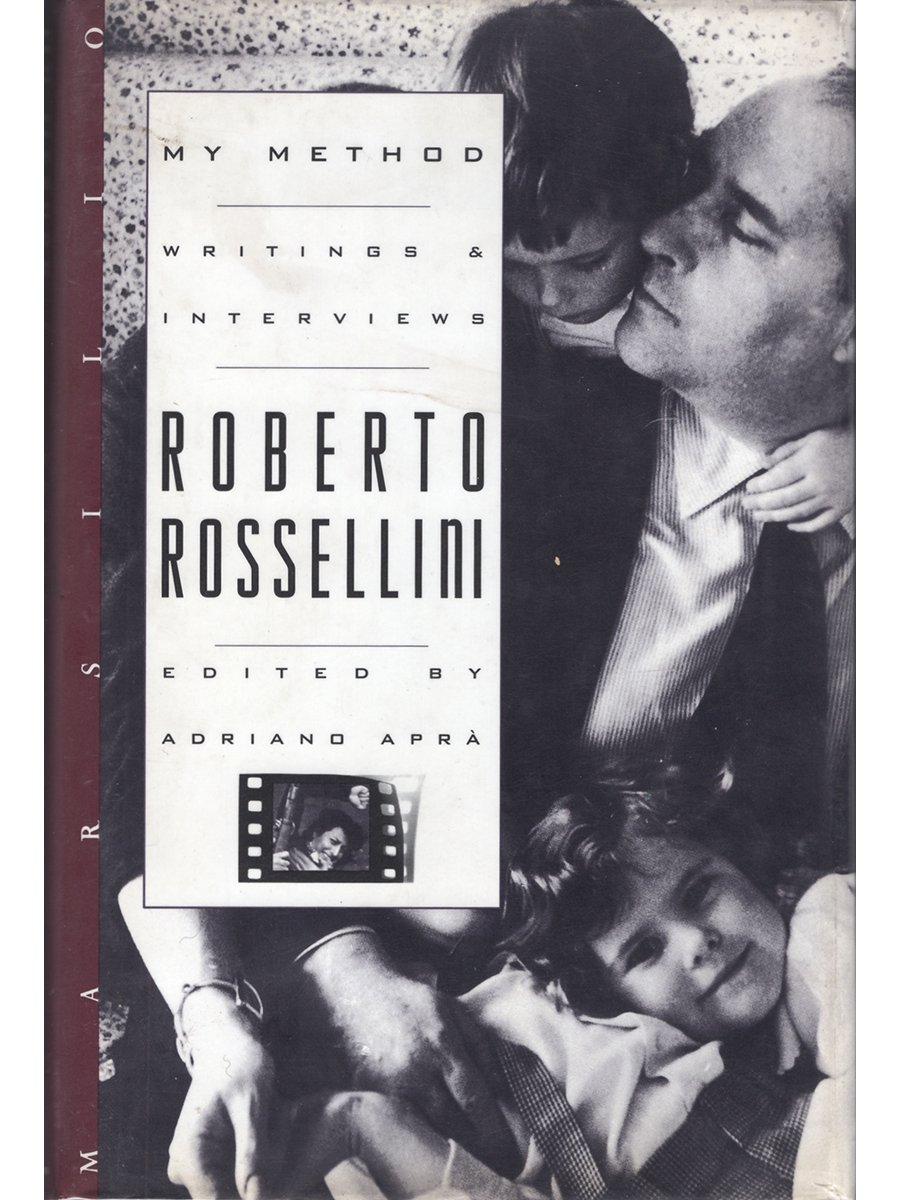Antonioni or, the Surface of the World by Seymour Chatman (Hardcover First Edition)
Published by University of California Press, 1985
Sewn-bound hardcover
First printing
290 pages
9x6 inches
Book and dust jacket in Near Fine condition. Comes in removable protective Brodart mylar cover.
Michelangelo Antonioni is one of the great visual artists of the cinema. The central and distinguishing strength of Antonioni's mature films, Seymour Chatman argues, is narration by a kind of visual minimalism, by an intense concentration on the sheer appearance of things and a rejection of explanatory dialogue. Though traditional audiences have balked at the "opacity" of Antonioni's films, it is precisely their rendered surface that is so eloquent once one learns to read it. Not despite, but through, their silences the films show a deep concern with the motives, perceptions and vicissitudes of the emotional life. In a free-ranging analysis of the evolution of Antonioni's style that quotes liberally from Antonioni's own highly articulate writings and interviews, Chatman shows how difficult it was for the filmmaker to liberate his art from the conventional means of rendering narrative, especially dialogue, conventional sound effects, and commentative music.
Published by University of California Press, 1985
Sewn-bound hardcover
First printing
290 pages
9x6 inches
Book and dust jacket in Near Fine condition. Comes in removable protective Brodart mylar cover.
Michelangelo Antonioni is one of the great visual artists of the cinema. The central and distinguishing strength of Antonioni's mature films, Seymour Chatman argues, is narration by a kind of visual minimalism, by an intense concentration on the sheer appearance of things and a rejection of explanatory dialogue. Though traditional audiences have balked at the "opacity" of Antonioni's films, it is precisely their rendered surface that is so eloquent once one learns to read it. Not despite, but through, their silences the films show a deep concern with the motives, perceptions and vicissitudes of the emotional life. In a free-ranging analysis of the evolution of Antonioni's style that quotes liberally from Antonioni's own highly articulate writings and interviews, Chatman shows how difficult it was for the filmmaker to liberate his art from the conventional means of rendering narrative, especially dialogue, conventional sound effects, and commentative music.
Published by University of California Press, 1985
Sewn-bound hardcover
First printing
290 pages
9x6 inches
Book and dust jacket in Near Fine condition. Comes in removable protective Brodart mylar cover.
Michelangelo Antonioni is one of the great visual artists of the cinema. The central and distinguishing strength of Antonioni's mature films, Seymour Chatman argues, is narration by a kind of visual minimalism, by an intense concentration on the sheer appearance of things and a rejection of explanatory dialogue. Though traditional audiences have balked at the "opacity" of Antonioni's films, it is precisely their rendered surface that is so eloquent once one learns to read it. Not despite, but through, their silences the films show a deep concern with the motives, perceptions and vicissitudes of the emotional life. In a free-ranging analysis of the evolution of Antonioni's style that quotes liberally from Antonioni's own highly articulate writings and interviews, Chatman shows how difficult it was for the filmmaker to liberate his art from the conventional means of rendering narrative, especially dialogue, conventional sound effects, and commentative music.






